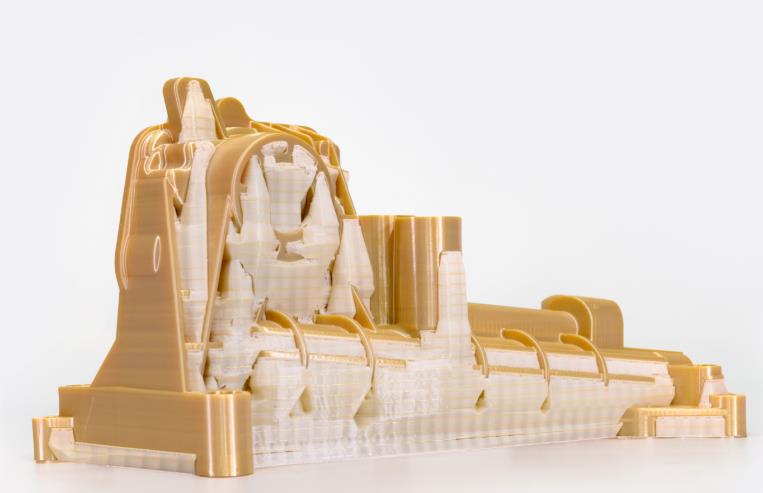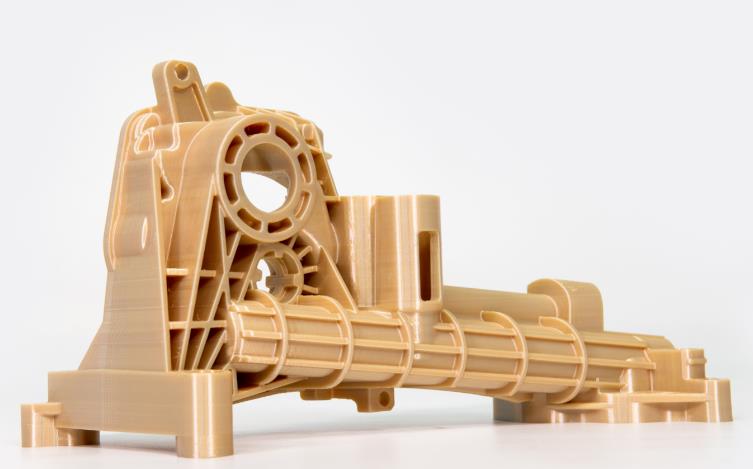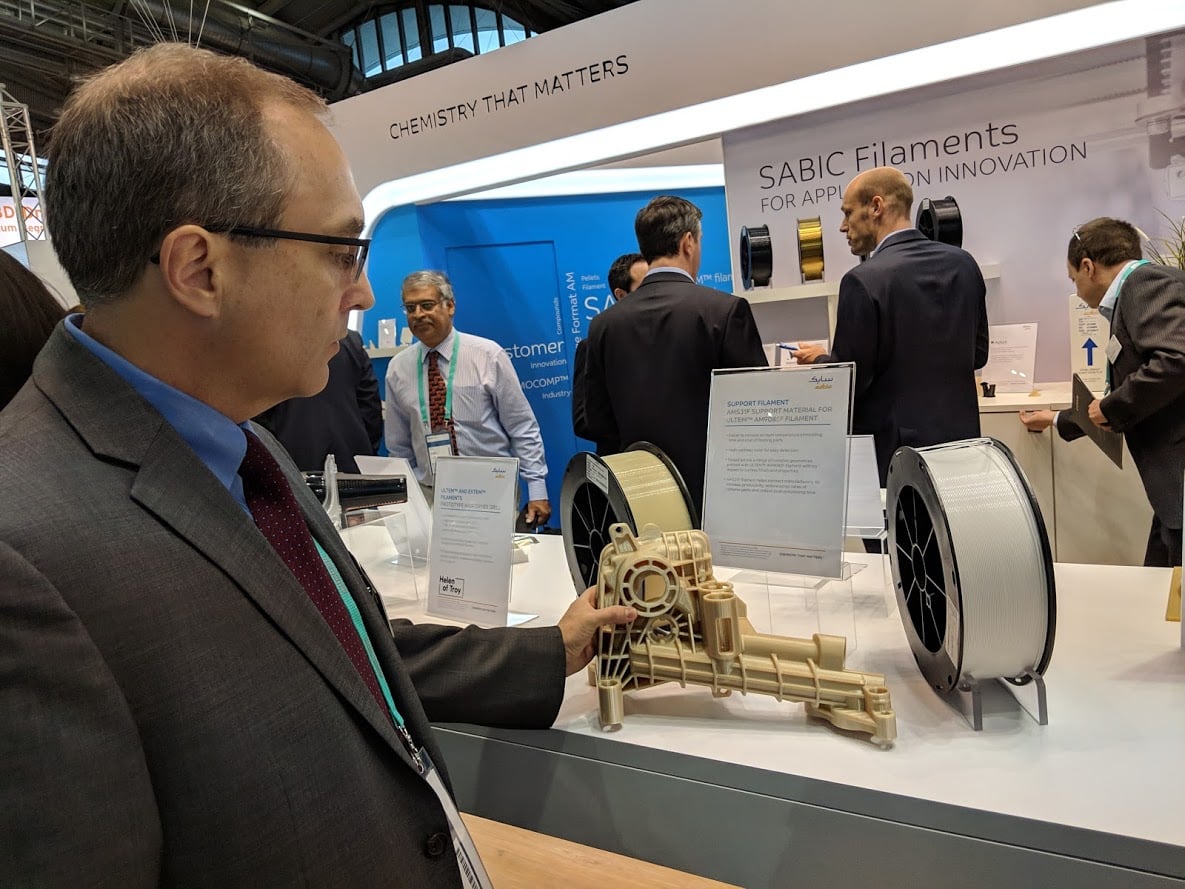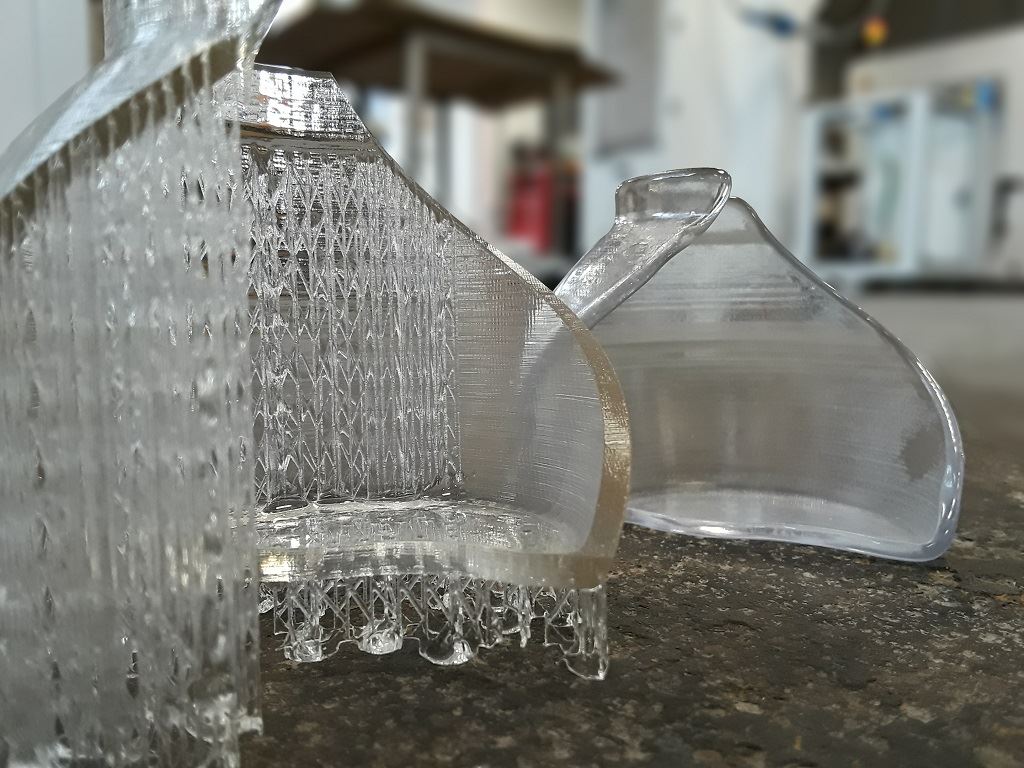![[Image: PostProcess Technologies]](https://fabbaloo.com/wp-content/uploads/2020/05/SLA-4_img_5eb09ace6444d.jpg)
Post-processing is evolving from 3D printing’s dirty little secret to a PR headline.
For those new to 3D printing, the technology can seem like a dream. Building a part up rather than shaving material away reduces material and enables new geometries: fantastic! But the prints aren’t done once they’re off the printer. They need to be cleaned up. Post-processing can take as long as, if not longer than, the print process itself. Removing support materials, machining to final tolerances, smoothing, painting, and any other finishing required are time- and resource-intensive processes.
One nice thing about the maturation of 3D printing is that conversations are more inclusive now. Post-processing isn’t something to be swept under the rug and ignored until it’s down to the fine print with new adopters, but a challenge to be addressed from the start.
More players in the industry are picking up on the importance of the need for solutions in post-processing. The trend is observable enough, with regular introductions of more automated solutions and just generally more discussion, but it seems notably clear today with two headlines announcing post-processing solutions.
Today’s introductions are both for polymers, with SABIC addressing FFF and PostProcess Technologies focusing on SLA.
A few months ago, SABIC teased its upcoming breakaway support material. The AMS31F support filament is designed for use with the company’s high-performance ULTEM AM9085F. They say of the material:
“The new filament maintains rigidity during printing and provides exceptional pliability during post processing to enable easier removal of scaffolding at room temperature, which can help reduce the time required to produce finished parts.”
The catchily-named AMS31F is white to contrast sharply from the ULTEM material it supports. It was designed to be removed at room temperature, rather than requiring reheating. Introduced in November, the support material launches today.
SABIC shows off the support on an ULTEM build: before and after support removal (images from SABIC); Keith Cox, Senior Business Manager, Additive Manufacturing, SABIC, shows off the material and sample build to me at formnext 2018 (image: Fabbaloo):



On the SLA side, PostProcess Technologies is tackling resin removal. They say their new patent-pending solution can achieve “complete resin removal on 3D printed SLA parts consistently in 5 to 10 minutes…cleaning up to 5 times as many parts before detergent saturation versus traditional solvent resin removal.”
PostProcess’ solution builds on their SLA experience and systems, with the company’s Submersed Vortex Cavitation (SVC) technology in DEMI and CENTI machines with proprietary AUTOMAT3D software. (Phew.) The SLA resin removal process was tested with eight resin materials.
Cleaning up prints can be a tricky business. But, increasingly, it doesn’t have to be — or at least, it doesn’t have to be the “dirty little secret” of 3D printing anymore.
More attention to more aspects of 3D printing, including the more laborious and less glamorous parts, shows another sign of maturation. Not hiding the need for post-processing, but focusing on solutions and then headlining them in product introductions is a very good thing, indeed. It’s realistic, and a nice sign that our little industry is growing up.
Via SABIC and PostProcess Technologies











